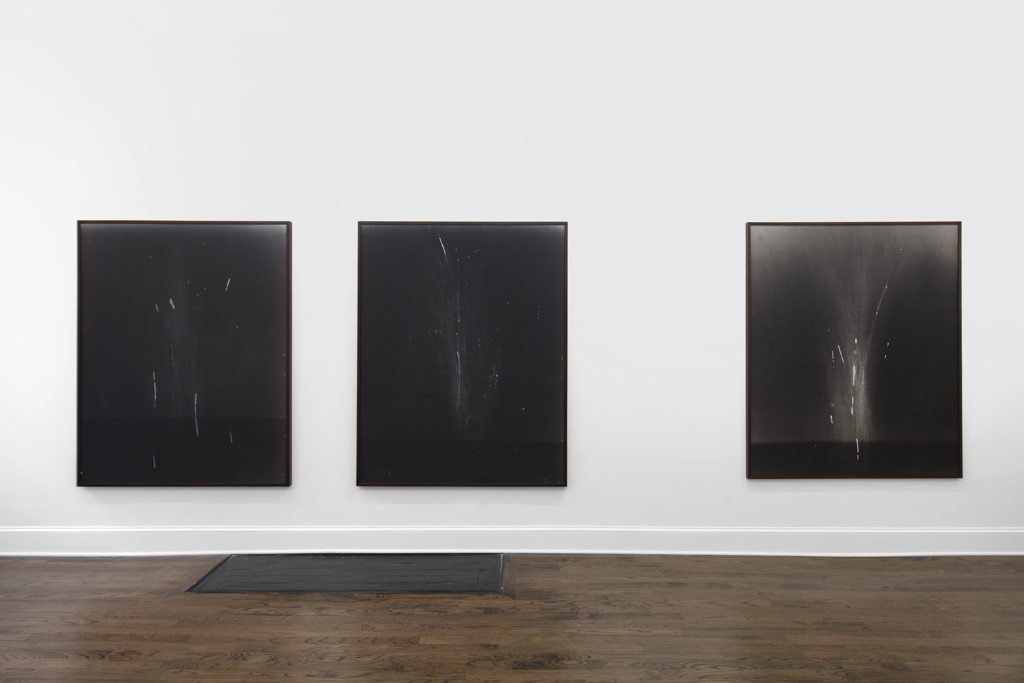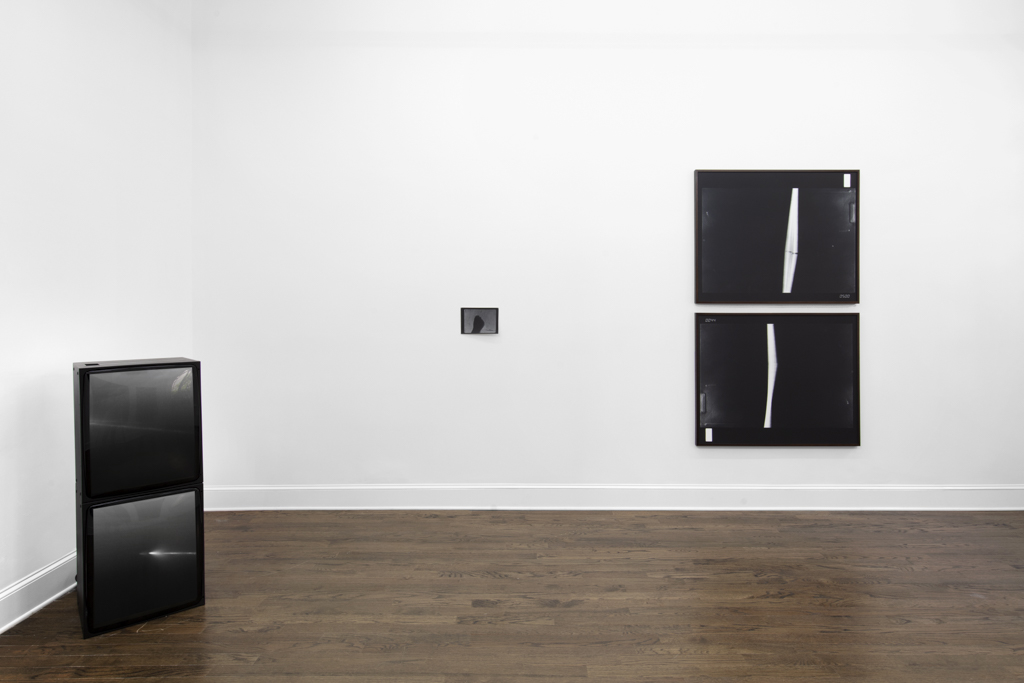











RESILIENCY AND REVERBERATION
Mendes Wood DM, New York – USA, 2019June 27th to August 31th, 2019
Mendes Wood DM is pleased to present Resiliency and Reverberation, the first solo exhibition in the United States by Brazilian artist Leticia Ramos. Her complex images synthesize technique and illusion by exploring the limits of analog photography. For Ramos, Photography is a form of chemical mechanical magic and relies on empirical research and experimentation to create her work, driving towards an aesthetic intersection between the documentable and fictional. Resiliency and Reverberation is comprised of several bodies of work from her recent projects, Resistance of the Body and Universal History of Earthquakes, each examining perceived realities, ruptures and modes of production.
Ramos began her career by building makeshift cameras and using X-Rays in order to control and understand the chemical process. She has since eliminated the camera altogether and now relies on different techniques of capturing light to create her images. She achieves this through photograms, which are photographic images made without the aid of a camera by placing objects directly onto the surface of photo paper while exposing it to light. This results in 2D impression of 3D forms. In her Light Photogram series, Ramos expanded on the photogram and eliminated the object all together. Instead she created sculptures using pure light and exposed them to negatives, capturing the trajectory of the light onto the silver gelatin of the paper. Her investigation into how to create a photograph without a camera led her to pursue creating a landscape without the landscape. This was achieved in the work Black Panorama II, which appears to be a velvety night sky punctuated by galaxies. In reality the work is made from scratching directly into a microfilm negative, completely removing the need for light altogether, which creates the illusion of a landscape.
Ramos’ interest in illusions and the malleability of what is real is depicted in the photograms Rupturas [Rupture] and Riscos [Scratches], from her 2018 exhibition Universal History of Earthquakes. Originally presented at Pivô in São Paulo, the exhibition examined the devastating 1775 earthquake in Lisbon and the consequential effects it had on the then Brazilian colony. The earthquake was the largest ever-recorded natural catastrophe in Europe, vaulting Portugal to modernity as it sped up geological and architectural research, relying on Brazil for the capital and raw materials to do so.
Rupturas [Rupture] and Riscos [Scratches] are portraits of earthquakes at the exact moment of the initial rupture. For Rupturas, Ramos built a device that applies pressure to a piece of Pau Brasil [Brazilwood] to its breaking point, testing the resistance and limits of the material. Using a stroboscope light and a microfilm negative, she captured the exact moment of the snapping of the wood, tracing the trajectory of the splinters. The series Riscos [Scratches] similarly aims to document an unseen force, the movement of tectonic plates during an earthquake. For the work, Ramos stacked wood, photosensitive paper, and sandpaper on a vibrating device, in essence creating a mini earthquake in her studio. The resulting image is a hauntingly black plane with violent scratches from where the sandpaper came in contact with the gelatin of the negative, illustrating the rupture of the quake. In both series Ramos memorializes an event that has no photographic evidence and explores the very idea of the earthquake as a trope for political and personal precariousness.
Medium is also a vital element in Ramos’ work as evident in the stop motion Magnetic Fields. In the multi-channel video, a luminous mass moves across the screen, mimicking a shooting star forever caught in a loop. The work is created by slowly shining a flashlight on microfilm, frame by frame, until the illusion of motion is achieved. Like much of the information we consume, Magnetic Fields is an illusion presented as reality reshaping our understanding of the past.
Political instability fuels many of Ramos’s core ideas. Her works become relics of what happened before, products of archeological excavations turned into artificial realities. Yet however tumultuous and bleak the political contexts may be, her aim is always the same — to portray hope. This is best personified in her work Mão [Hand] from the series The Resistance of the Body. In Mão , a single fist appears as if coming out of the rubble against a grey and scratched plane, symbolizing resilience and the strength which comes from tragedy. Despite the instability around us, we are still here.
